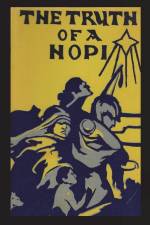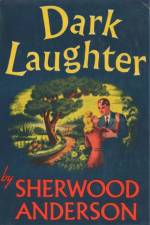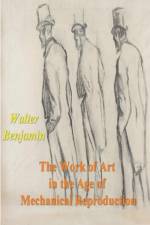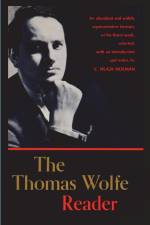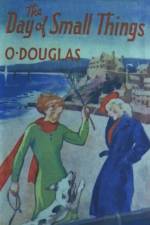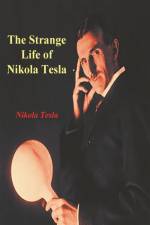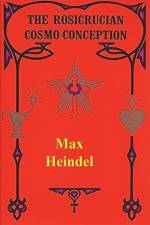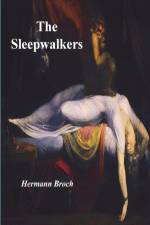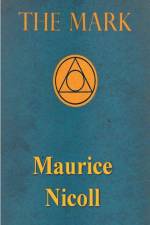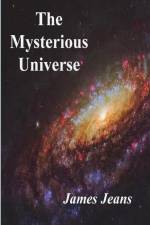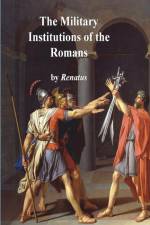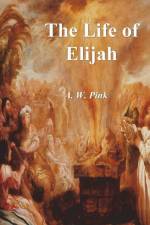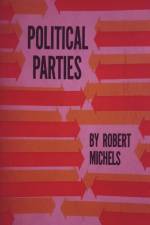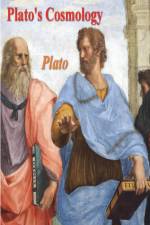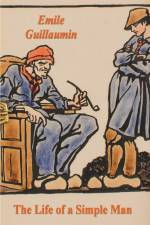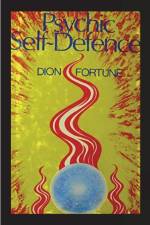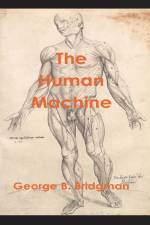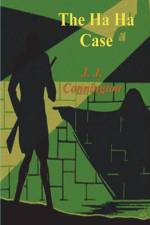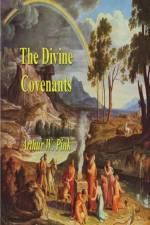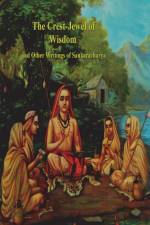av Charles G. Davis
179,-
Indispensable for the serious model builder, this book offers hobbyists a true understanding of the masting, rigging, and most important fittings of American clipper ships and packet ships of the Great Age of Sail. It also represents a treasury of important information for naval and social historians, sailing enthusiasts, and students of Americana. Enhanced with over 270 clear, detailed drawings of ships' components, this volume gives the model builder a deep understanding of the workings of a fully rigged and appointed sailing ship.After initial chapters on varying types of ship models, including the built-up model and wooden-sail models, the author devotes individual chapters to the masting of ships, mastheads, the standing rigging, the running rigging, foot-ropes, the blocks, steering wheels, the ship's galley, pumps, ship ironwork, copper sheathing, the ground tackle, gun ports, boats, and davits. He includes as well invaluable tables and lists of data that offer opportunities to compare vital statistics on rigging, masting, and more.Charles G. Davis was a well-known naval architect, shipbuilder, master seaman, racing yachtsman, and nautical chronicler. His lifelong love affair with the great ships of the past resulted in several classic works on ships and ship model building. The present volume is one of the latter, an extremely thorough, practical, and readable guide to building ship models in authentic detail and in proper proportion. In all, The Ship Model Builder's Assistant offers a treasury of both descriptive and "how-to" information essential to model builders and highly enlightening for all fascinated by the great sailing ships of America's past.

